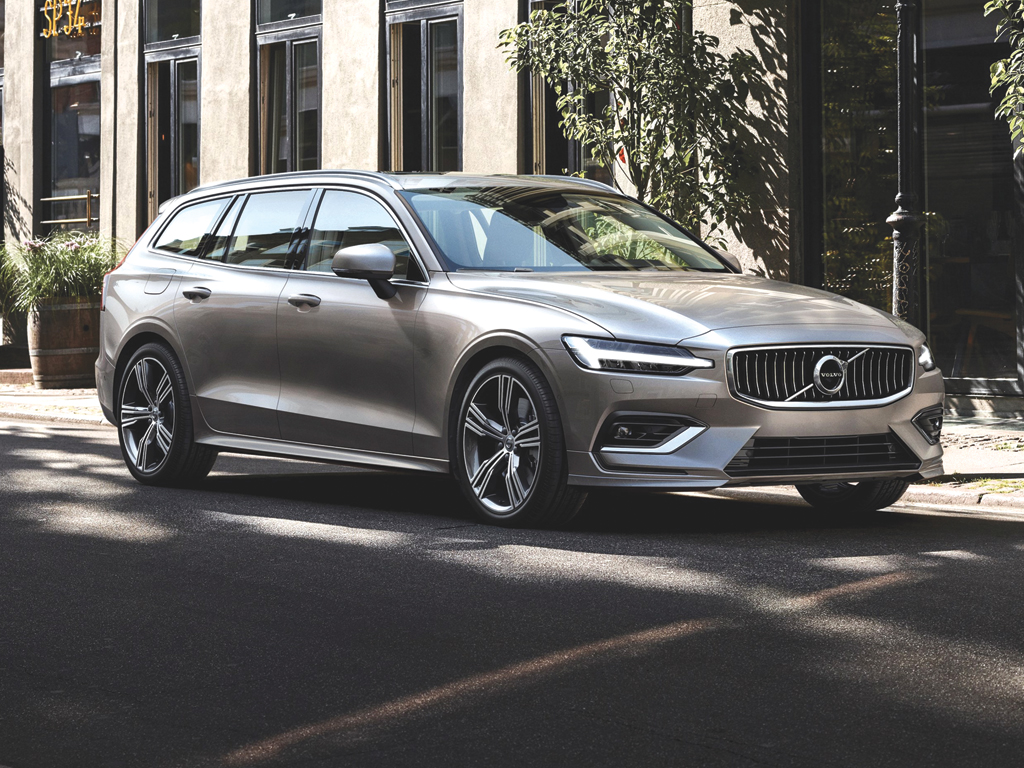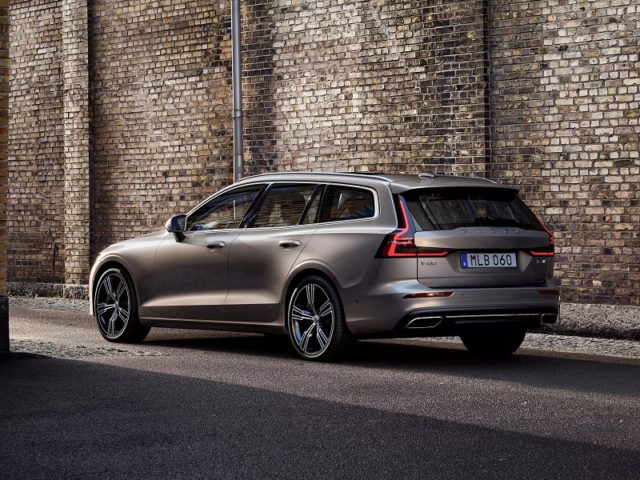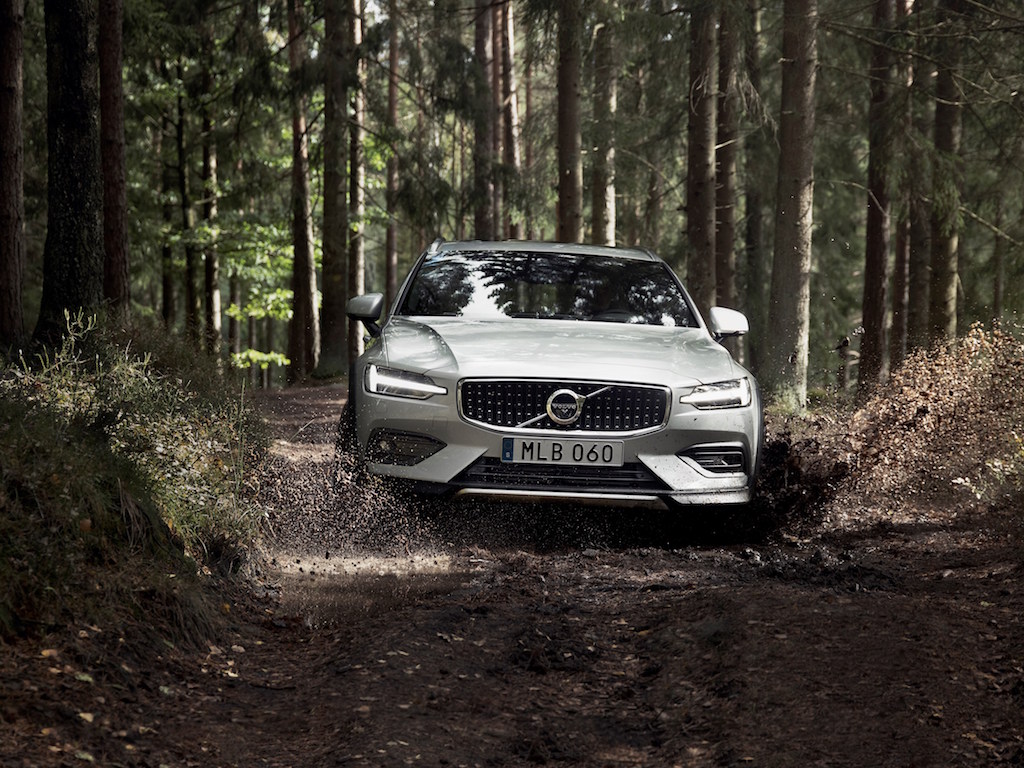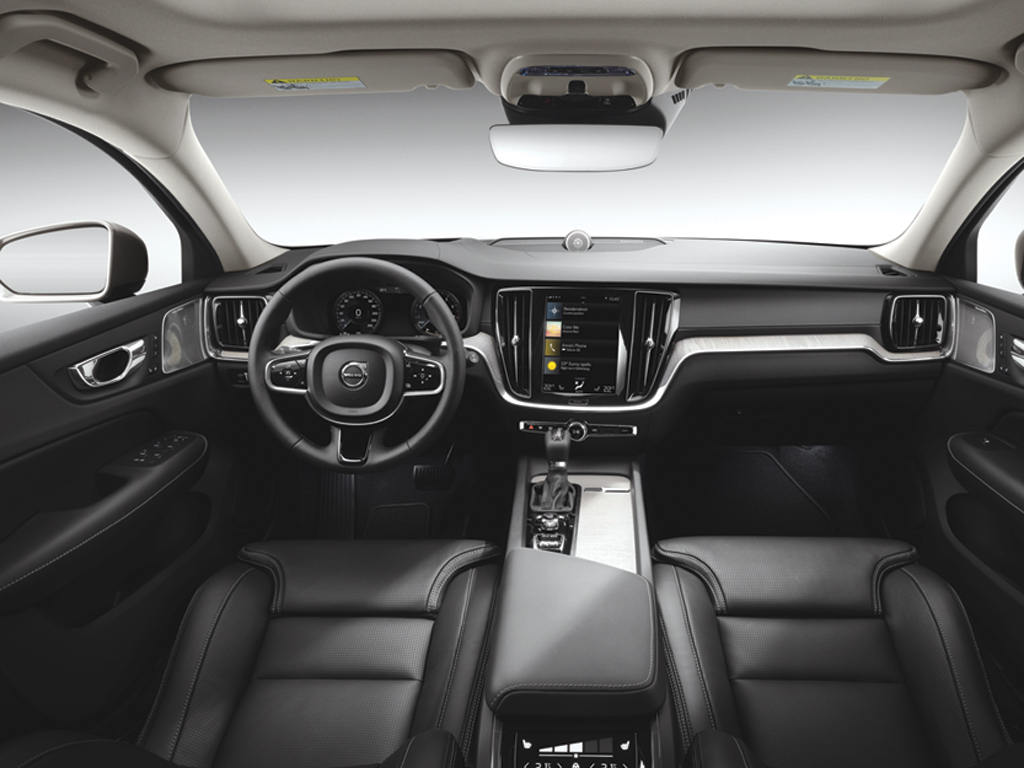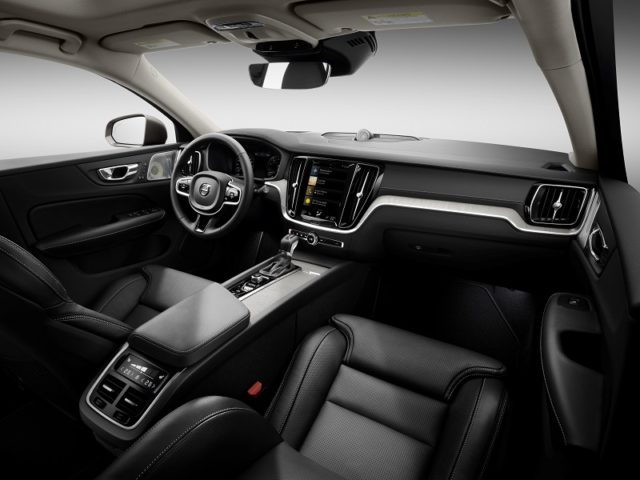Road Test: Volvo V60
Volvo’s compact executive wagon gives plenty for rivals to worry about, says Alex Grant.
- Volvo V60
- The new Volvo V60 launches with petrol, diesel and PHEV drivetrains
- The new Volvo V60 Cross Country
- The new Volvo V60 launches with petrol, diesel and PHEV drivetrains
SECTOR Compact Exec PRICE €37,000-52,000 FUEL 4.4-6.6l/100km* CO2 47-206g/km**
It would have been hard to imagine only a few years ago, with Volvo’s sales so heavily weighted towards diesel, but the V60 marks the end of an era. This compact executive wagon will be its last ever new car launch with a diesel engine – its future, and to some extent its present, is in progressively more electrified petrol engines.
If ever there was a time for Volvo to ‘go electric’, it’s now. Its stylish new line-up seems unable to do much wrong – global sales to the end of September were up 14.3% on 2017 (to 472,553 units), and that’s despite the XC40 arriving in Q2 in some markets. Although SUVs are more than half of that volume, there’s still space for Volvo to play to its luxury wagon strengths.
This is a full departure from Ford parts, now sharing its platform and technology with the XC60, V90 and XC90. A strong family resemblance with the V90 is certainly no negative, and it’s a well-timed launch. Alfa Romeo, Jaguar and Lexus don’t have wagons to rival the V60 head-on, and the German compact executives are all either due for, or undergoing, a refresh. New opportunities beckon.
It’s playing to the brand’s recent strengths, too. The cabin is similar to the V90’s; best in lighter colours and wood, but awash with high-quality materials even in a more Germanic spec. It feels durable and logically laid out, even down to the portrait infotainment display which has the rare talent of not making touchscreen climate control settings hard to operate while driving, and the seats are up to Volvo’s long-established reputation for comfort.
For now, diesel is likely to continue playing a vital role with European fleet customers, and there’s a choice of 150hp D3 and 190hp D4 2.0-litre engines to meet their needs. Both are available with an eight-speed automatic or six-speed manual transmission, and fuel economy is almost identical between them. We tested the D4 manual – a muscular performer well suited to the V60’s slightly sharper-than-V90 driving character, but noticeably noisier than its larger stablemate.
Petrol options comprise the T5 and T6, and the range will include two petrol plug-in hybrids producing up to 390hp. At 49g/km CO2, and with clever packaging of the batteries meaning there’s been no need for an overly-downsized fuel tank, these offer some scope for broader fleet appeal in markets with the right incentives in place. Especially as these also don’t lose any of the V60’s competitive load-hauling ability.
The V60 perhaps doesn’t offer as much of an opportunity to grow as the surging market for premium SUVs, but there’s still a strong market for cars like this in fleet and the newcomer has the styling, technology and running costs in its favour to stand out. It might be the last of an era, but it’s still the start of something new.
The Verdict
Volvo is setting high standards for its competitors and the V60 follows in that same vein. Lower-powered PHEVs might help with fleets, though.
*WLTP, **NEDC Correlated

